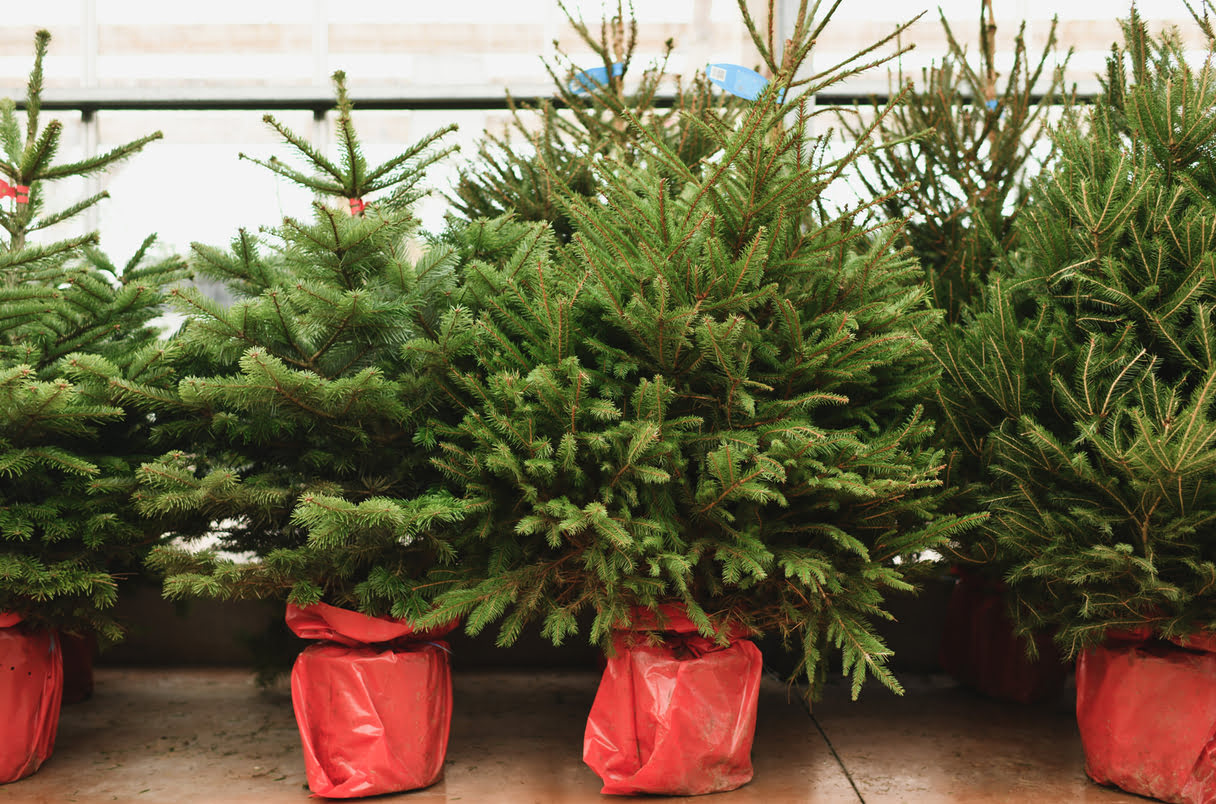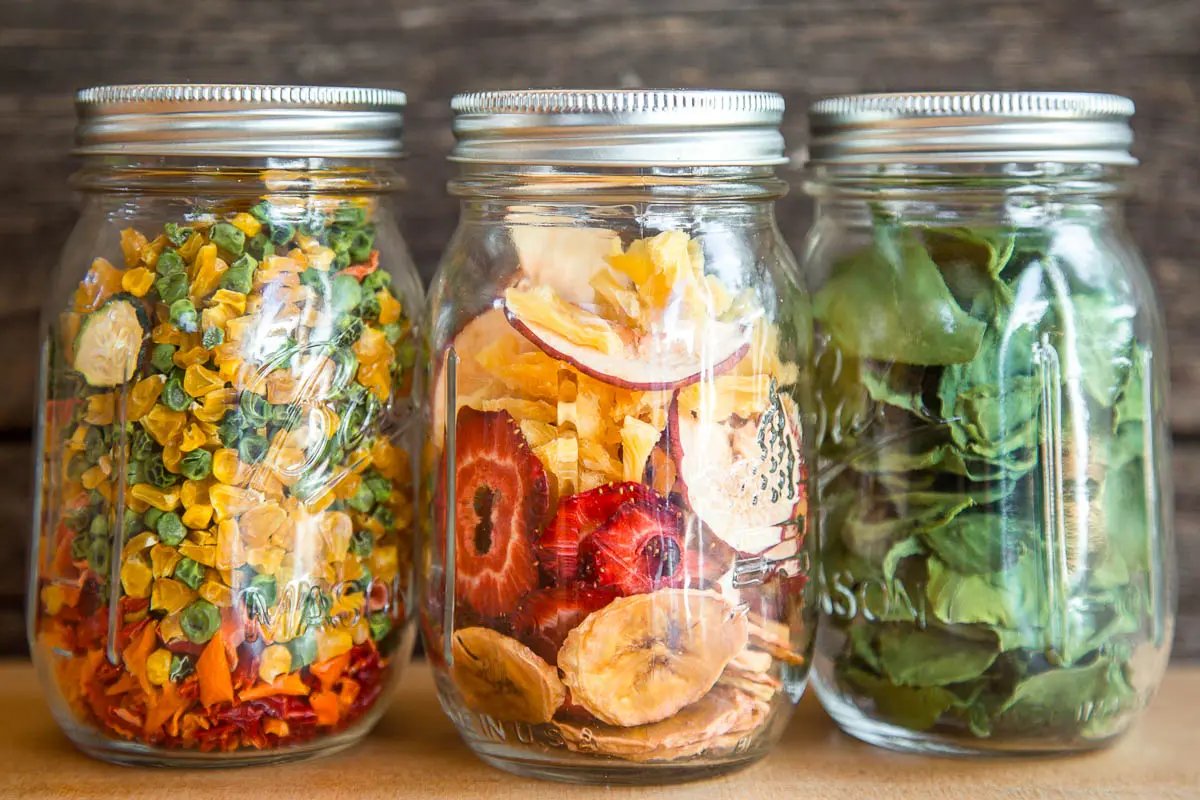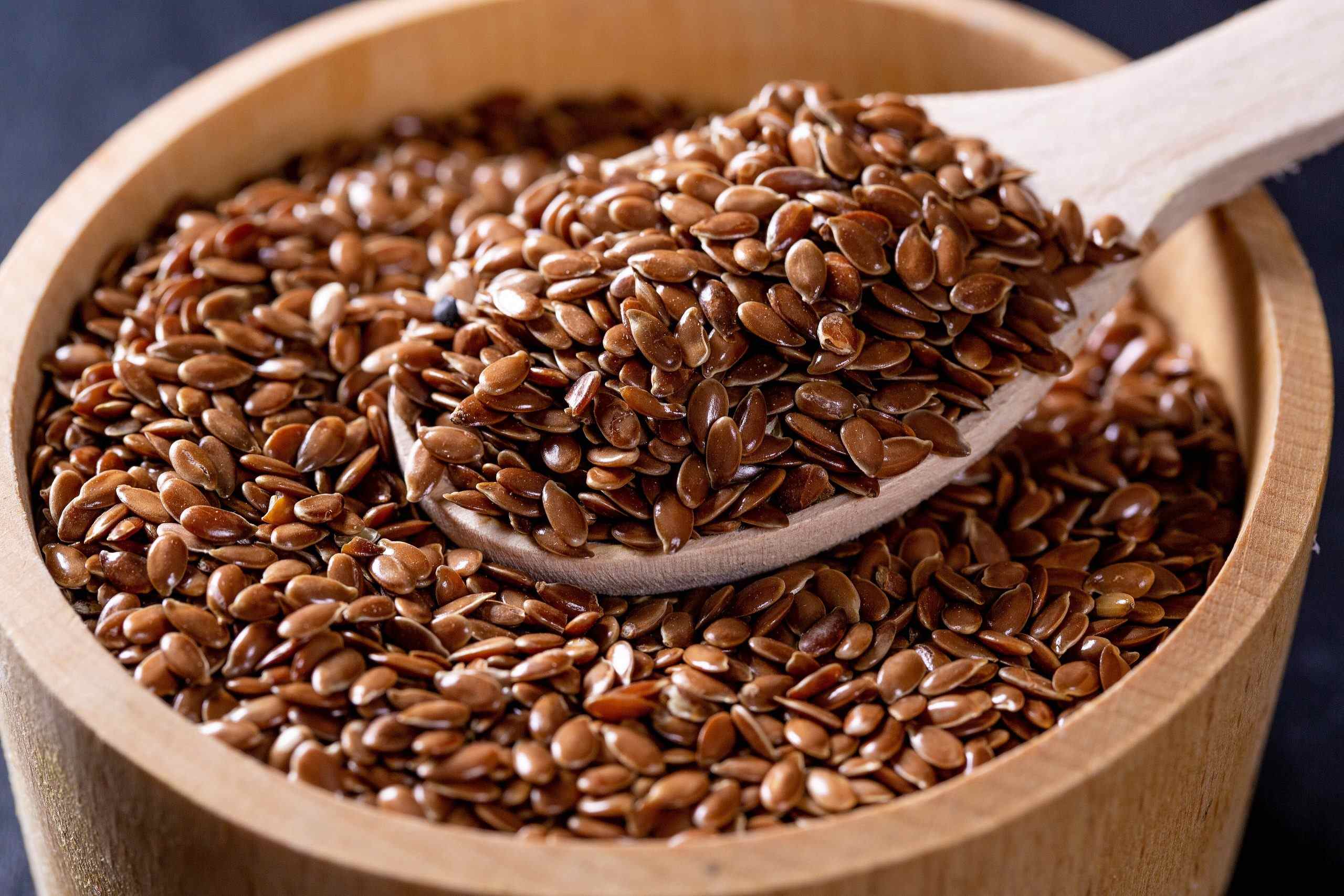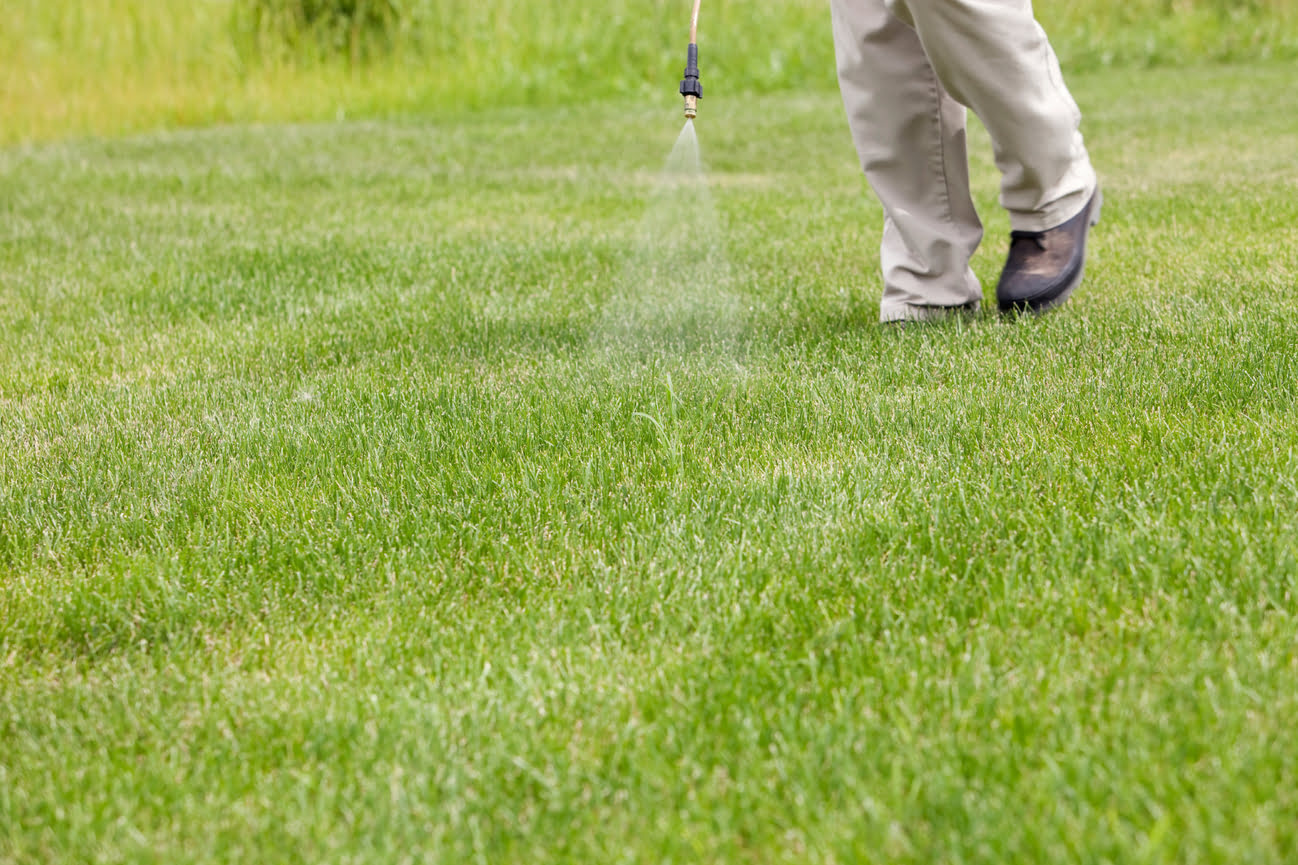Home>Types of Gardening>Ornamental Gardening>How Long Do Plant Bulbs Last


Ornamental Gardening
How Long Do Plant Bulbs Last
Modified: January 22, 2024
Discover the lifespan of plant bulbs in ornamental gardening. Learn how long different types of bulbs last and how to properly care for them to maximize their longevity.
(Many of the links in this article redirect to a specific reviewed product. Your purchase of these products through affiliate links helps to generate commission for Chicagolandgardening.com, at no extra cost. Learn more)
Table of Contents
Introduction
Welcome to the world of ornamental gardening, a delightful hobby that brings beauty and color to any outdoor space. One of the key elements in creating a stunning garden is the use of plant bulbs. These underground storage structures are nature’s way of ensuring the survival of plants during unfavorable conditions. But have you ever wondered how long these plant bulbs actually last?
Plant bulbs are fascinating structures that contain all the necessary nutrients and energy required for the plant’s growth and development. They are often used to produce vibrant flowers, lush foliage, and even tasty vegetables. From the classic tulips and daffodils to the exotic dahlias and lilies, plant bulbs come in various shapes, sizes, and colors, allowing gardeners to create diverse and captivating landscapes.
However, it’s important to note that the lifespan of plant bulbs can vary depending on several factors. These factors can range from the specific type of plant bulb to the care and maintenance it receives. By understanding the factors that influence the lifespan of plant bulbs, you can ensure their longevity and enjoy their beautiful displays for years to come.
In this article, we will explore the factors that affect the lifespan of plant bulbs and delve into the specific lifespans of different types of plant bulbs. We will also discuss the signs that indicate a plant bulb is nearing the end of its lifespan and provide you with tips on how to extend their lifespan. So, whether you’re a seasoned gardener or just starting out, let’s dive into the fascinating world of plant bulbs and discover how to make them last!
What are plant bulbs?
Plant bulbs are specialized underground structures that serve as storage organs for plants. These bulbs play a crucial role in the life cycle of many flowering plants and are responsible for producing beautiful blooms that can enhance the visual appeal of any garden. Essentially, plant bulbs are bulbous-looking structures that consist of modified leaves and a bud that contains the plant’s embryonic shoot.
These underground bulbs have a unique structure that allows them to store nutrients, energy, and moisture, which are vital for the plant’s survival during periods of dormancy or unfavorable conditions. The structure of plant bulbs can vary depending on the specific type of plant, but they generally consist of a basal plate, scales or layers, and a shoot or flower bud.
The basal plate is the flat, bottom part of the bulb that serves as the attachment point for roots and anchors the bulb in the soil. The scales or layers, which are modified leaves, surround the basal plate and protect the inner tissue of the bulb. These scales can store nutrients and energy reserves in the form of starches and sugars. The shoot or flower bud is located at the top of the bulb and contains the embryonic plant, which will eventually grow into a leafy stem or a brightly colored flower.
Plant bulbs come in a variety of shapes, sizes, and colors. Some bulbs, like tulips and daffodils, are spherical or oval-shaped, while others, like lilies and gladioli, are more elongated. The outer layer of the bulb, also known as the tunics, can be papery, dry, or membranous, depending on the plant species.
It’s important to note that not all underground storage structures are considered bulbs. Some plants have different adaptations, such as corms, tubers, or rhizomes. While they may serve a similar purpose of storing nutrients and energy, they differ in their structure and the way they store these resources. However, for the purpose of this article, we will focus specifically on plant bulbs.
Now that we have a basic understanding of what plant bulbs are and their structure, let’s explore the factors that can affect their lifespan and the different types of plant bulbs available.
Factors affecting the lifespan of plant bulbs
The lifespan of plant bulbs can vary greatly depending on several factors. By understanding and addressing these factors, you can ensure the longevity and performance of your bulbs. Here are some key factors that can influence the lifespan of plant bulbs:
- Species and variety: Different plant species and varieties have varying lifespans. Some bulbs, like tulips and daffodils, can last for several years, while others, like summer-flowering bulbs such as gladioli or dahlias, have a shorter lifespan. It’s essential to choose bulbs that are suitable for your climate and gardening conditions.
- Quality of bulbs: The quality of the bulbs you purchase plays a significant role in their lifespan. Bulbs that are healthy, large in size, and free from damage or disease will generally have a longer lifespan compared to inferior quality bulbs. Look for bulbs that are firm, plump, and free from blemishes when purchasing.
- Storage conditions: Proper storage conditions are crucial for maintaining the vitality of plant bulbs. Bulbs should be stored in a cool, dry place with good air circulation. Excessive heat, moisture, or exposure to light can lead to deterioration and reduce their lifespan. It is recommended to store bulbs in paper bags or breathable containers to prevent condensation and mold growth.
- Soil drainage: Bulbs require well-drained soil to thrive. Poorly drained soil can lead to waterlogging and root rot, which can significantly shorten the lifespan of bulbs. Ensure that the planting area has adequate drainage or consider raised beds to improve soil drainage.
- Planting depth: The planting depth of bulbs plays a role in their lifespan. Improper planting depth can affect the bulb’s ability to access nutrients and moisture, leading to stunted growth and reduced longevity. Consult planting guides or check with local gardening experts to determine the recommended planting depth for different types of bulbs.
- Watering and fertilization: Proper watering and fertilization practices are essential for the health and longevity of plant bulbs. Bulbs need consistent moisture during their active growth phase but should not be overwatered. Similarly, applying a balanced fertilizer or bulb-specific fertilizer can provide the necessary nutrients for bulb development and help extend their lifespan.
- Pest and disease control: Pests and diseases can significantly impact the lifespan of plant bulbs. Common issues include bulb rot caused by fungal or bacterial pathogens and damage from pests like rodents or insects. Regular inspection, proper hygiene, and appropriate pest and disease control measures can help prevent these issues and prolong the lifespan of bulbs.
By taking these factors into consideration and providing the necessary care and attention, you can maximize the lifespan of your plant bulbs and enjoy their stunning displays year after year. Now, let’s explore the specific lifespans of different types of plant bulbs.
Lifespan of different types of plant bulbs
Plant bulbs come in a wide variety of species, each with its own lifespan. Understanding the lifespan of different types of plant bulbs can help you plan your garden and make informed decisions about which bulbs to choose. Here are some common types of plant bulbs and their respective lifespans:
- Tulips: Tulips are some of the most well-known and beloved bulbs in the gardening world. These vibrant flowers typically have a lifespan of 3 to 7 years, depending on the variety. However, it’s important to note that tulips tend to decline in vigor over time, so they may produce fewer blooms as they age.
- Daffodils: Daffodils, also known as narcissus, are known for their distinct trumpet-shaped flowers. These bulbs are known for their long lifespan, often lasting for over 10 years or more. Daffodils are also known to naturalize, meaning they can multiply and spread in the garden over time.
- Crocus: Crocus bulbs are early bloomers, often signaling the arrival of spring. These petite flowers have a lifespan of around 3 to 5 years. Some varieties may naturalize and form larger clumps over time, creating a more dramatic display.
- Hyacinths: Hyacinths are highly fragrant flowers that come in various vibrant colors. These bulbs typically have a lifespan of 2 to 3 years. However, they may produce offsets, small bulbs that develop around the main bulb, which can be replanted to extend the lifespan of your hyacinth display.
- Lilies: Lilies are elegant and showy flowers that come in a wide range of colors and varieties. The lifespan of lilies can vary depending on the specific type, but most lilies will last for 5 to 7 years. Proper care, such as deadheading spent blooms and dividing overcrowded bulbs, can help prolong their lifespan.
- Dahlias: Dahlias are known for their large, colorful flowers and are a favorite among gardeners. These bulbs generally have a shorter lifespan compared to other bulbs, lasting for 2 to 5 years. Regular division and storage of tubers during winter can help maintain their vigor and extend their lifespan.
These are just a few examples of plant bulbs and their lifespans. It’s important to research and understand the specific requirements and lifespans of any bulbs you plan to include in your garden. By selecting bulbs with compatible lifespans, you can create a garden that offers consistent blooms throughout the seasons.
Now that we have explored the different lifespans of plant bulbs, let’s discuss the signs that indicate a plant bulb is nearing the end of its lifespan.
Signs that a plant bulb is nearing the end of its lifespan
As plant bulbs age, they may show signs of decline and indicate that they are nearing the end of their lifespan. Recognizing these signs can help you determine when to replace or rejuvenate your bulbs. Here are some common signs that a plant bulb is nearing the end of its lifespan:
- Decreased vigor: Bulbs that are approaching the end of their lifespan may exhibit a decline in overall vigor. This can manifest as reduced growth, smaller blooms, or fewer flowers produced compared to when the bulb was younger and healthier.
- Smaller bulb size: As bulbs age, they may gradually decrease in size. This can be observed when dividing or lifting bulbs. Smaller bulbs indicate that the bulb has utilized its energy reserves and may struggle to produce healthy new growth in the future.
- Inconsistent blooming: Plant bulbs that are nearing the end of their lifespan may exhibit inconsistent blooming. They may produce flowers sporadically or fail to bloom altogether. This can be due to a depletion of nutrients and energy within the bulb.
- Increased susceptibility to diseases and pests: Aging bulbs may become more susceptible to diseases and pests. Weakened bulbs are more prone to rotting, fungal infections, and damage from pests like bulb mites or slugs. This can further decrease the bulb’s ability to thrive and reproduce.
- Poor root formation: When bulbs are past their prime, the development of new roots may be compromised. This can result in weak anchoring of the bulb in the soil and a reduced ability to absorb nutrients and moisture from the surrounding environment.
- Failure to multiply or naturalize: Some bulbs have the ability to multiply and naturalize by producing offsets or bulblets. Aging bulbs may lose this reproductive capability, resulting in a failure to produce new bulbs or expand their presence in the garden.
It’s important to note that these signs may not be definitive proof that the bulb has reached the end of its lifespan, as some bulbs can exhibit these signs temporarily due to factors like environmental stress or inadequate care. However, if multiple signs are present and the bulb’s performance continues to decline over several seasons, it may be time to consider replacing or rejuvenating the bulb.
Now that we’ve explored the signs of an aging bulb, let’s discuss how to extend the lifespan of plant bulbs.
How to extend the lifespan of plant bulbs
While plant bulbs have a natural lifespan, there are several steps you can take to extend their longevity and ensure they continue to thrive in your garden. By providing optimal growing conditions and practicing proper care, you can maximize the lifespan of your plant bulbs. Here are some tips to help you extend the lifespan of your bulbs:
- Plant bulbs at the correct depth: Plant bulbs at the recommended planting depth to ensure they have access to sufficient nutrients and moisture. Improper planting depth can hinder their growth and reduce their lifespan.
- Provide well-draining soil: Bulbs prefer well-draining soil to prevent waterlogging and root rot. Amend heavy clay soils with organic matter or consider planting in raised beds to improve drainage.
- Water appropriately: Provide consistent moisture during active growth, but avoid overwatering, which can cause bulbs to rot. Monitor soil moisture levels and adjust watering frequency accordingly.
- Fertilize strategically: Apply a balanced fertilizer specifically formulated for bulbs or use a slow-release fertilizer during the active growing season. Avoid over-fertilization, as excessive nutrients can promote foliage growth at the expense of flower production.
- Remove spent blooms: Deadhead flowers as they fade to prevent the plant from expending energy on seed production. This encourages the bulb to focus its energy on storing nutrients for future growth.
- Practice proper bulb division: Over time, some bulbs can become overcrowded, reducing their vigor and blooming potential. Divide bulbs every few years to maintain their health and rejuvenate their growth.
- Avoid excessive disturbance: Bulbs may benefit from being left undisturbed for several years. Avoid unnecessary digging or replanting unless necessary, as this can disrupt their growth cycle and impact their lifespan.
- Protect against pests and diseases: Implement preventative measures to protect bulbs from pests and diseases. Use organic pest control methods or consider using physical barriers like netting to deter animals from digging up bulbs.
- Properly store and maintain bulbs: After the growing season, carefully dig up and store bulbs in a cool, dry, and well-ventilated area until the next planting season. Inspect them periodically for signs of damage or disease and discard any compromised bulbs.
By following these guidelines and taking proper care of your plant bulbs, you can successfully extend their lifespan and enjoy their beauty in your garden for many years. Remember to choose bulbs that are suited to your climate and gardening conditions, as this can greatly contribute to their overall health and longevity.
Now that we’ve explored how to extend the lifespan of plant bulbs, let’s wrap up our discussion on this fascinating topic.
Conclusion
Plant bulbs are remarkable underground storage structures that bring beauty and color to any garden. Understanding the factors that affect their lifespan and implementing proper care techniques can significantly extend their longevity. By selecting high-quality bulbs, providing optimal growing conditions, and practicing regular maintenance, you can ensure that your bulbs thrive and continue to produce stunning displays.
Remember to plant bulbs at the correct depth, in well-draining soil, and water them appropriately to avoid issues such as root rot. Fertilize strategically and remove spent blooms to encourage nutrient storage and promote healthy growth. Proper bulb division and protection against pests and diseases are also essential for maintaining bulb health. Additionally, storing bulbs correctly during the dormant season helps preserve their vitality for future planting.
While each type of plant bulb has its own lifespan, ranging from a few years to over a decade, it is important to monitor for signs of aging, such as decreased vigor and smaller bulb size. These signs can indicate that a bulb is nearing the end of its lifespan and may require replacement or rejuvenation.
By following the tips and techniques outlined in this article, you can maximize the lifespan of your plant bulbs and enjoy their beauty and vibrancy in your garden for years to come. Whether you’re cultivating tulips, daffodils, lilies, or any other type of bulb, it’s a rewarding experience to witness their growth and transformation. So, get ready to plant, nurture, and admire the splendor of your garden filled with these amazing plant bulbs. Happy gardening!









